
La Rochelle Center
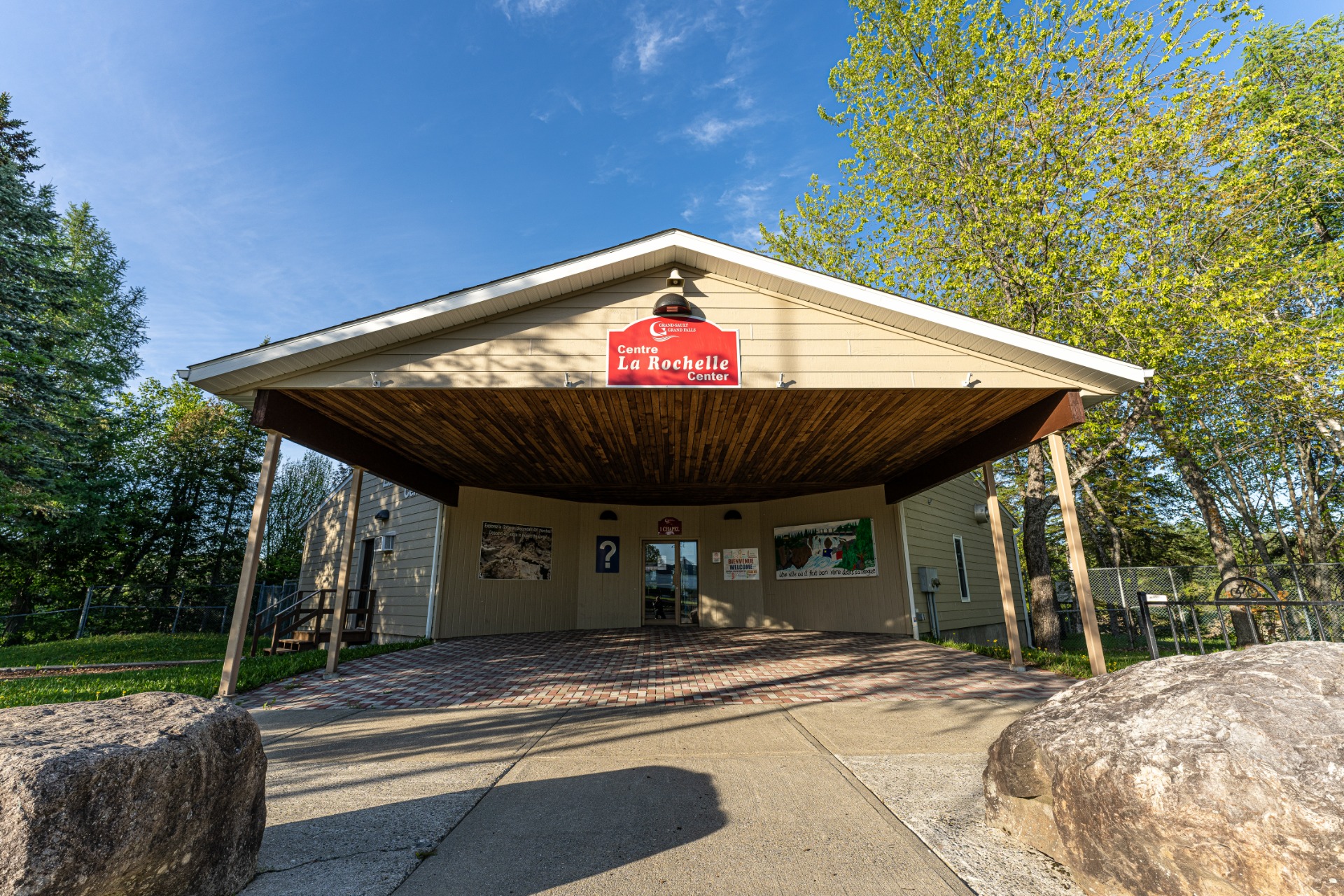
You are at La Rochelle center, our second information center here in Grand Falls.
Come in! We have plenty of things to tell you!
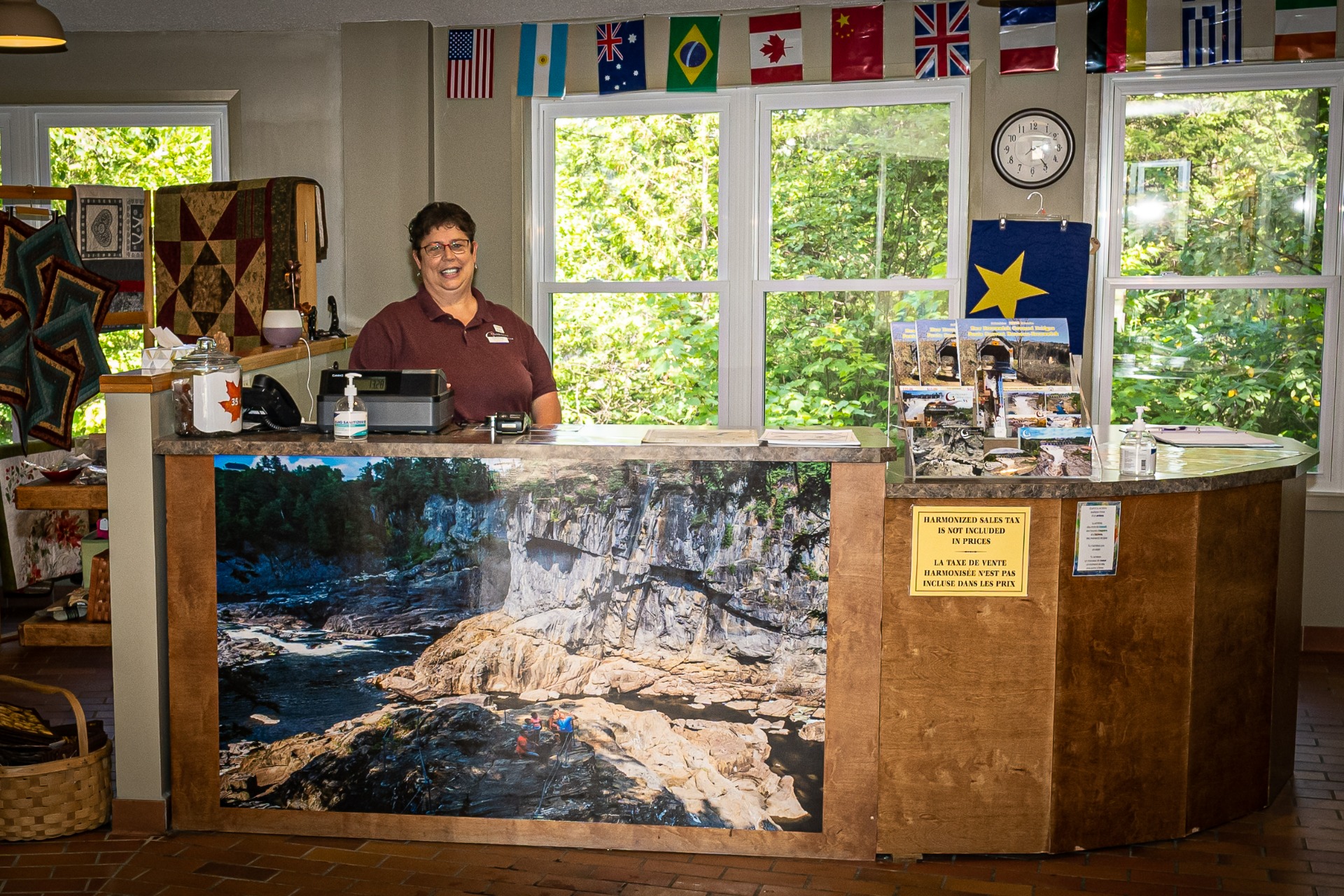
Over the years, La Rochelle has not always been what it is today...
In the 1850s, the real estate where you are located was known as "The Flat", and then it later became Centennial Park.
In 1856, there was a descent to the wells in the rocks by artificial steps descending through a spruce grove to the high-water line.
Then, 50 feet below their destinations, they could find a natural platform.
On August 14th, 1884, Fred Howard opened the first canteen situated in the rocks called Coolville.
At that time, there were only 150 steps descending into the gorge.
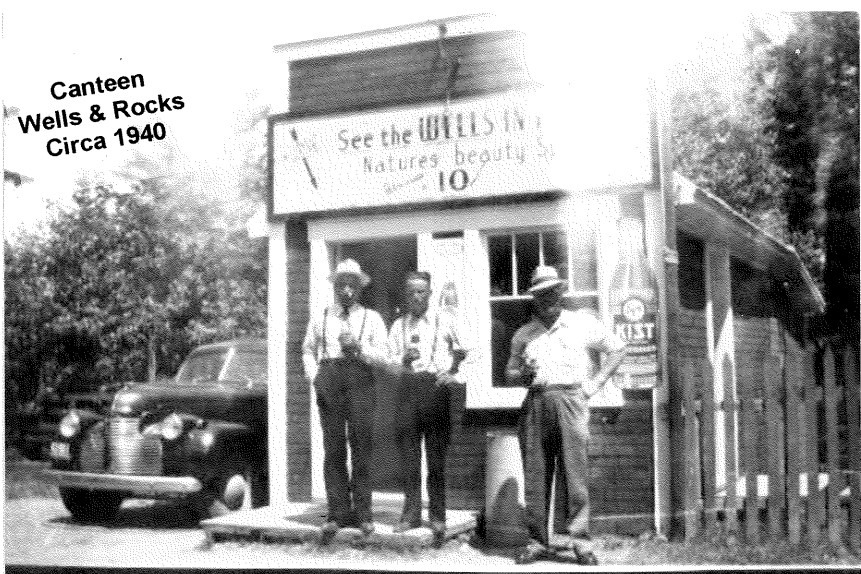
Many years later, Mr. Cyr Parent became the first to lease this land from the city and built a new canteen. Mr. Parent made and maintained the stairs as an attraction.
Eventually, Mr. Parent's sister and her husband, James Carroll, became the new owners.
At the time, the cost was 10 cents per person to descend the steps to see the gorge and the rock wells.

The couple kept a logbook to record the names and addresses of all the customers who descended the steps.
During the tourist season, Mrs. Carroll always had more names than her husband.
New Center

Modernization over the years

Artisans's corner
You will find a selection of handmade keepsakes crafted by our local artists.

Are you ready to get some exercise?


There is a mix of 401 steps that you can descend to explore the banks of the Saint John River and observe the impressive gorge with rock wells.
What are these rock wells?


The formation of rock wells is very simple:
These are caused by the presence of whirlpools, usually Vortices (intermittent whirlpools caused by an increase in current speed, or by the momentary appearance of an obstacle). These whirlpools bring abrasive materials (stones, sand, blocks of rock) that promote the erosion of the rock where the whirlpools are located, resulting in the formation of a depression called a well.
The largest rock well measures 9m deep and has a diameter of 5m.
Vortices are not the only types of whirlpools observed in the river, we also observe underground and overhead whirlpools.
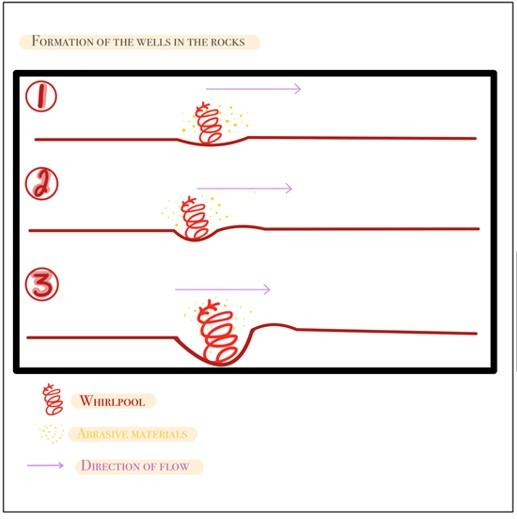
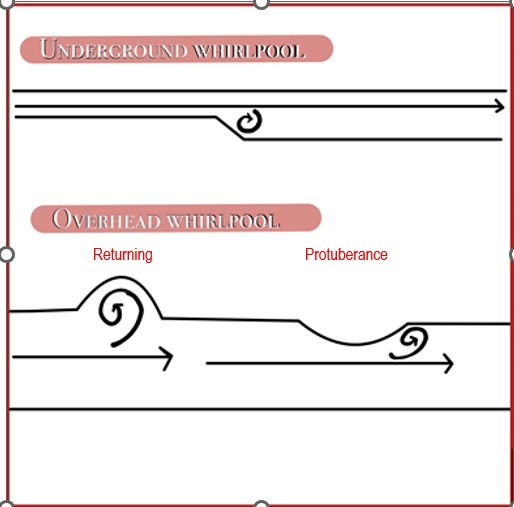


Furbish's Lousewort
No, it's not a type of relish ... it's a plant!

Description & biology
The Furbish's lousewort is a rare plant that grows on riverbanks and can be seen as early as May. At this time, the plant has a few stemless leaves that resemble a rosette of fern-like leaves emerging from the ground.
Towards mid-summer, mature plants produce one or more flowering stems. The stems bear leaves resembling fern leaves, and a tight cluster of small, yellow-brown flowers grows at their tip, with each cluster containing up to 25 flowers.
The blooming of the flowers occurs sparsely and alternately. The plant is often hidden by competing vegetation, as the size of the Furbish's lousewort rarely exceeds 75 cm.
The Furbish's lousewort takes two to three years to reach maturity, which is marked by the production of flowers and seeds. In order to grow, young plants must meet a specific requirement: their roots must come into contact with a nearby host plant, from which they draw nutrient.
Habitat & survival
The Furbish's lousewort is observed on the exposed banks of the upper reaches of the St. John River. Its characteristic habitat is affected by spring flooding and the movement of ice, which reduces competition from shrubs and other plants that might otherwise grow abundantly and dominate it. A number of plants may be eliminated by these disturbances, but the Furbish's lousewort can survive by taking advantage of the new habitat created by the sunken parts of the banks and shores that have been scraped or swept by the ice.
It is uncertain to what extent the habitat of the Furbish's lousewort has been suppressed by the construction of dams on the St. John River. However, there are concerns about local disturbance factors such as trampling, harvesting, or spills. Shoreline management, particularly preserving forested strips along the banks, is a simple and effective conservation method for the species. Furbish's lousewort was the first plant designated as a nationally endangered species (designated in 1980 by the Committee on the Status of Endangered Wildlife in Canada) and provincially (under the Endangered Species Act of New Brunswick in 1982).
Distribution
The Furbish's lousewort is endemic to the upper St. John River region of New Brunswick and northern Maine. This means that its distribution is limited to this region and it is not found anywhere else in the world.
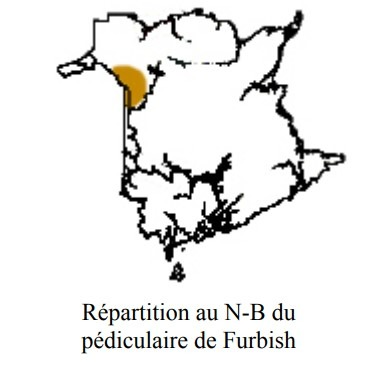
source : https://www2.gnb.ca/